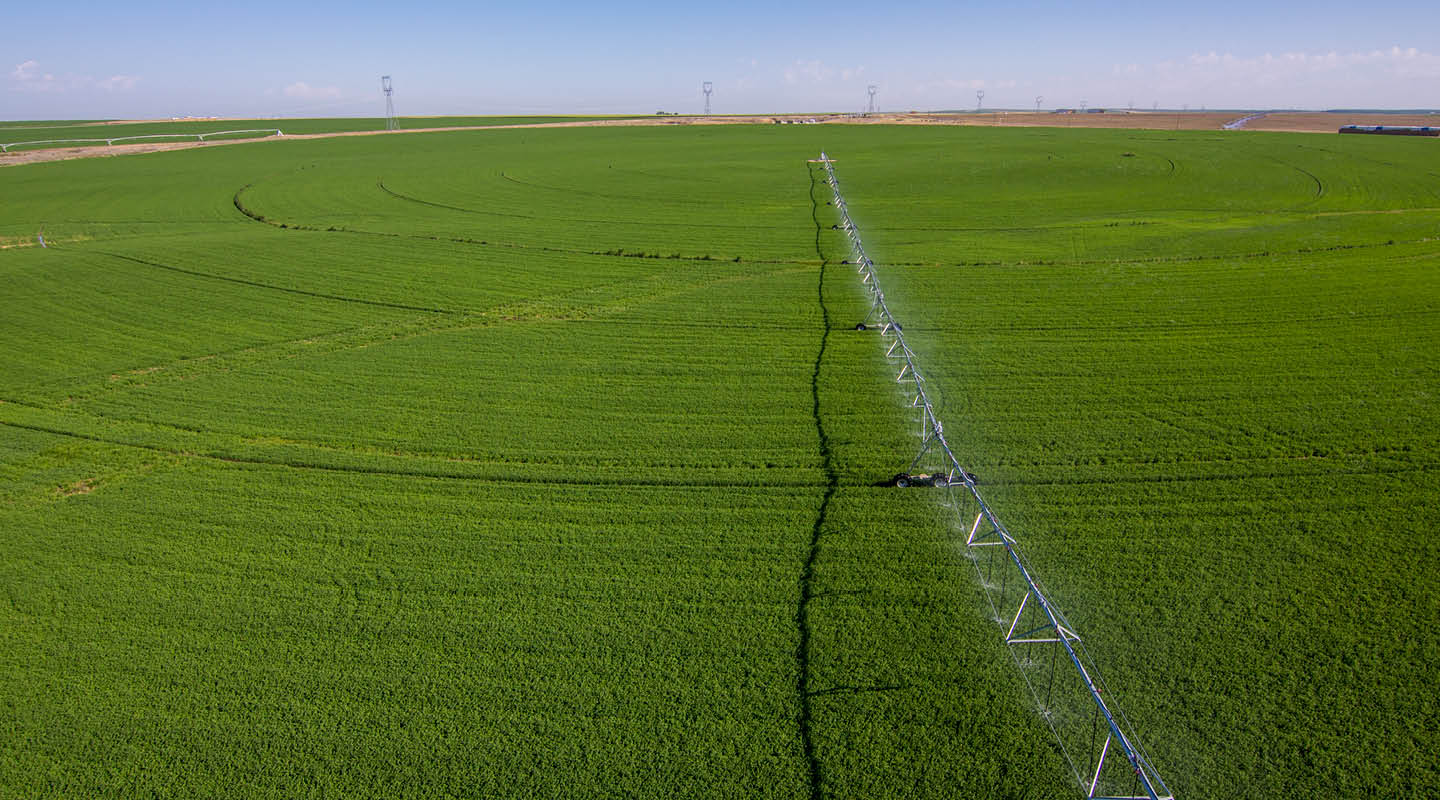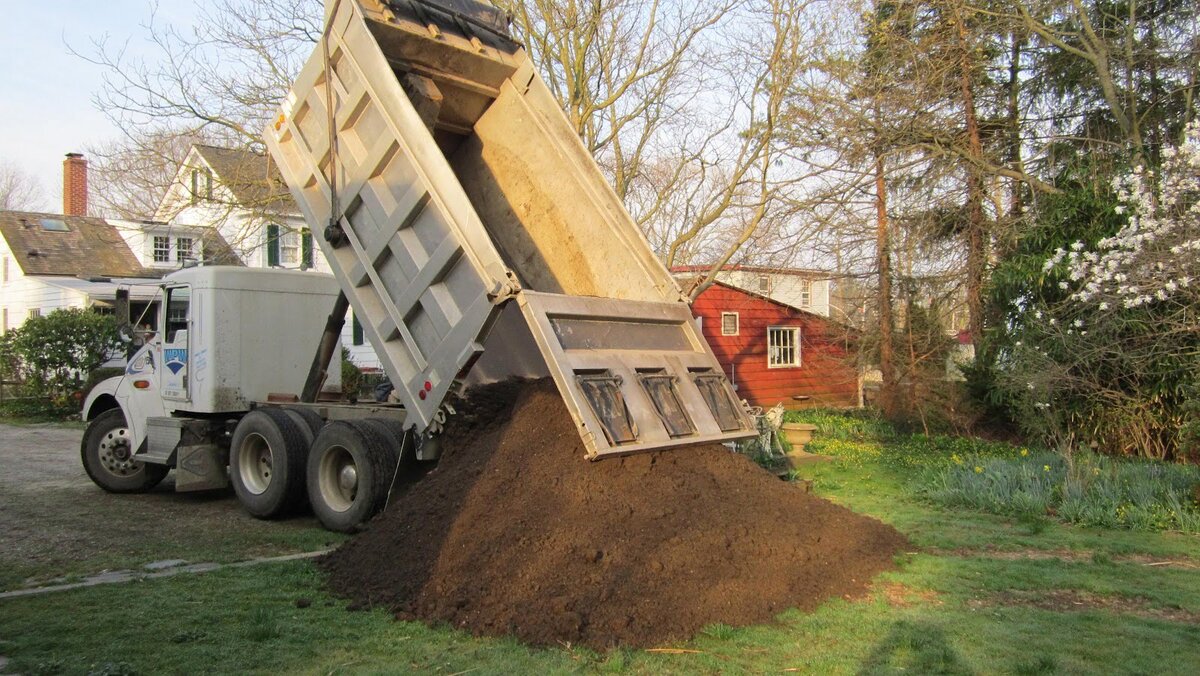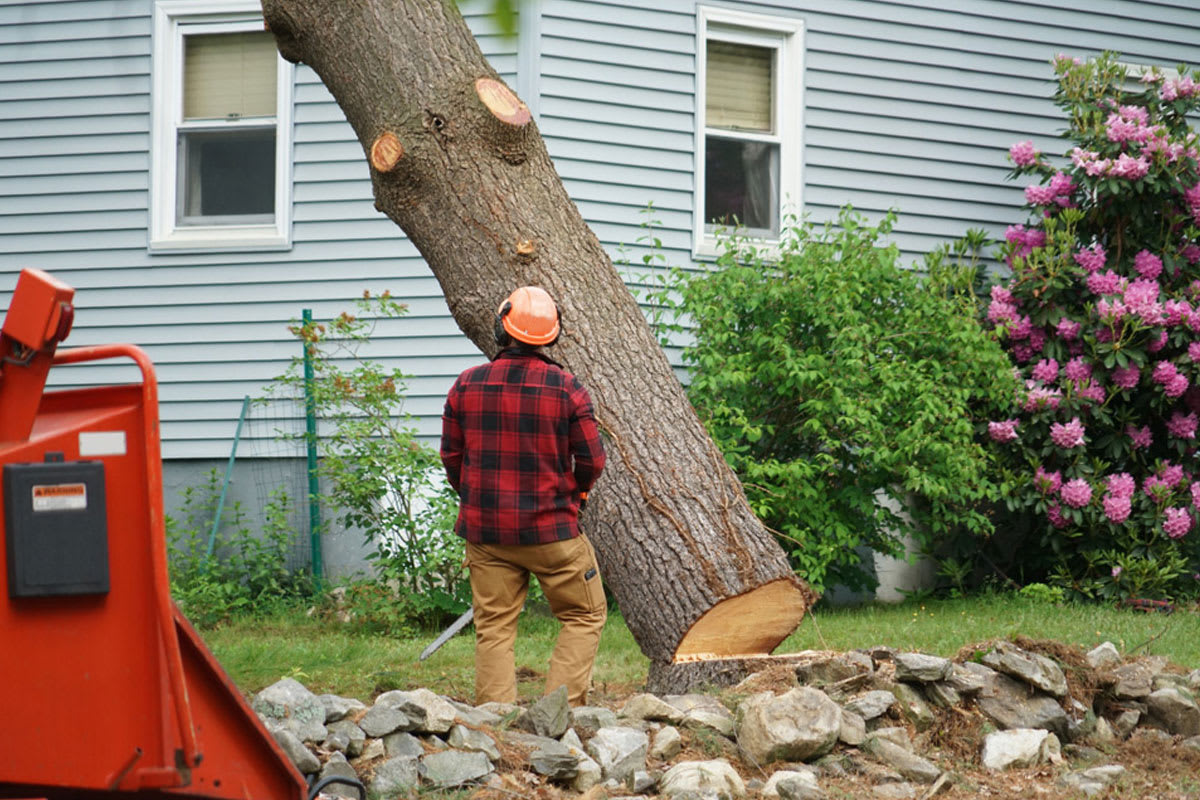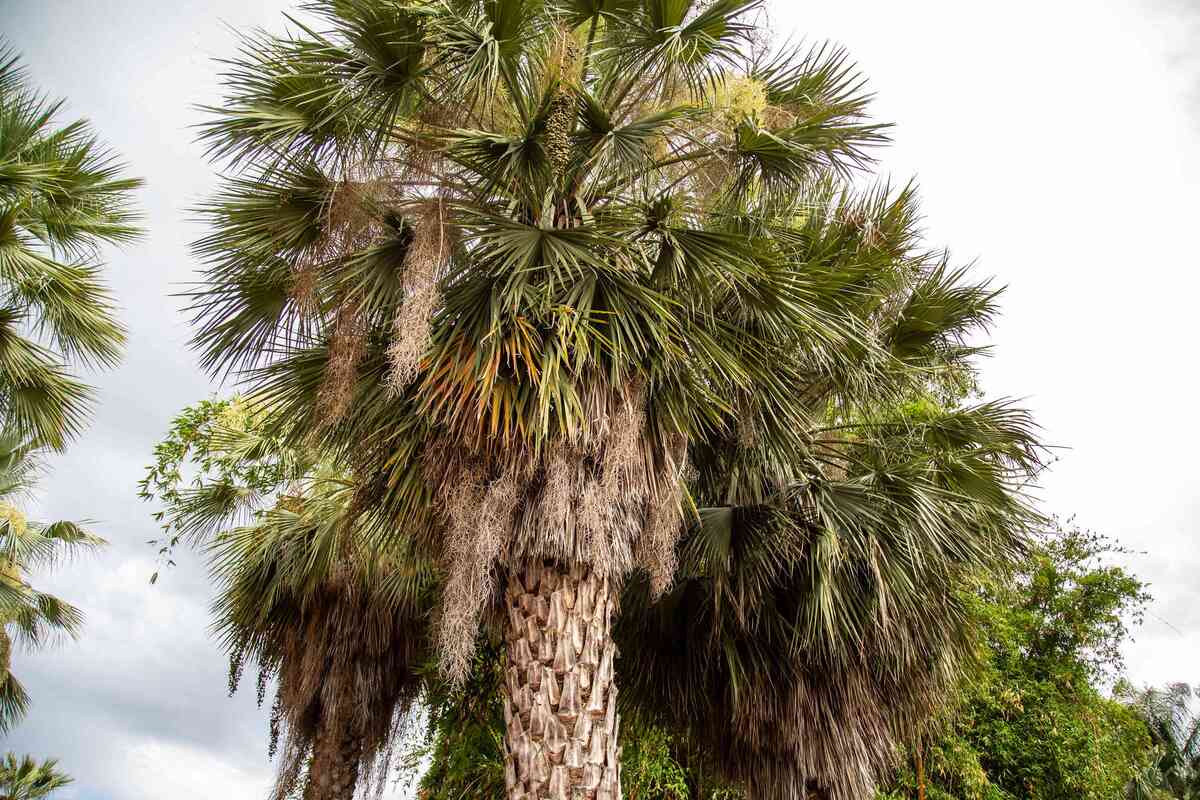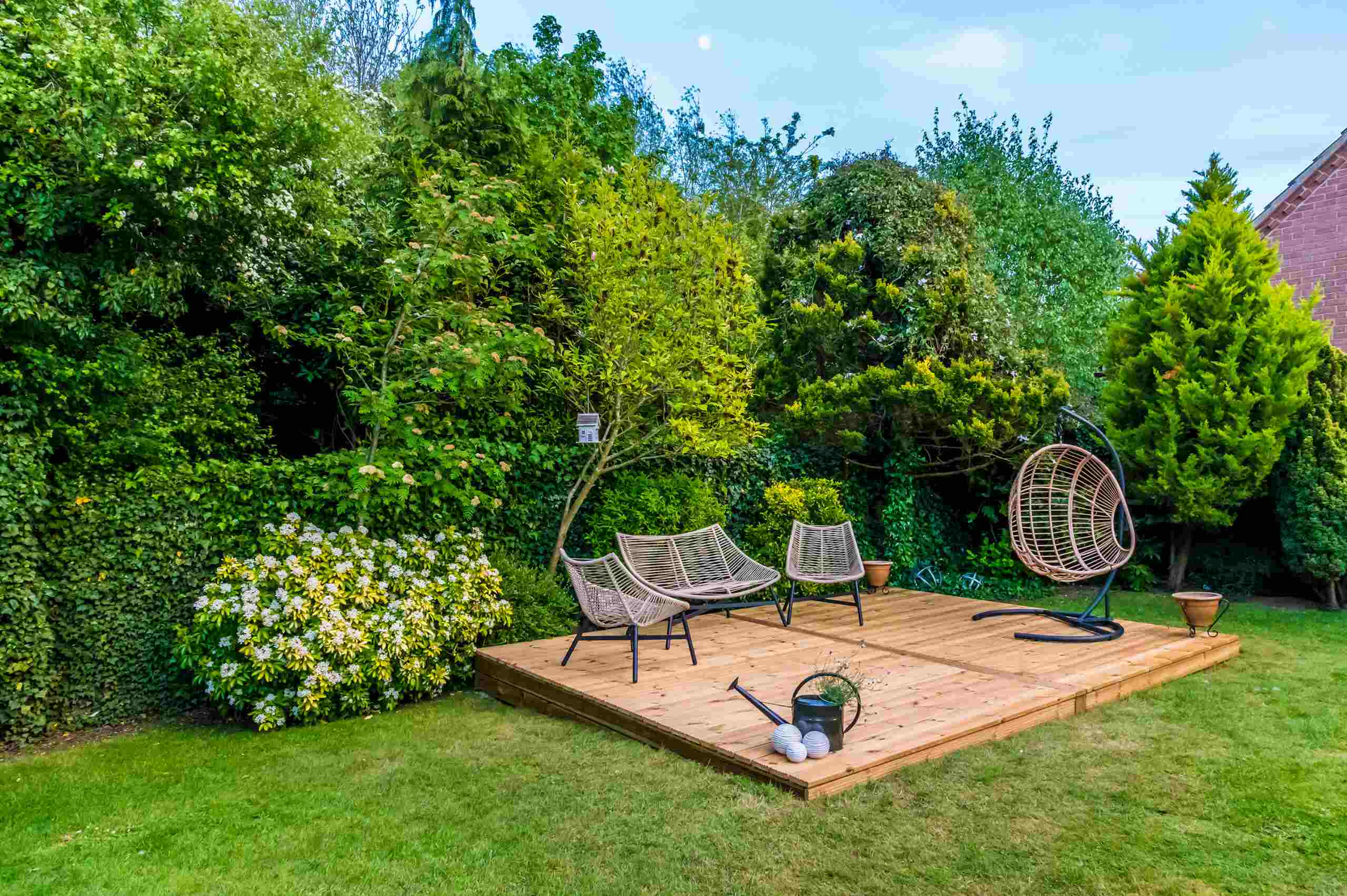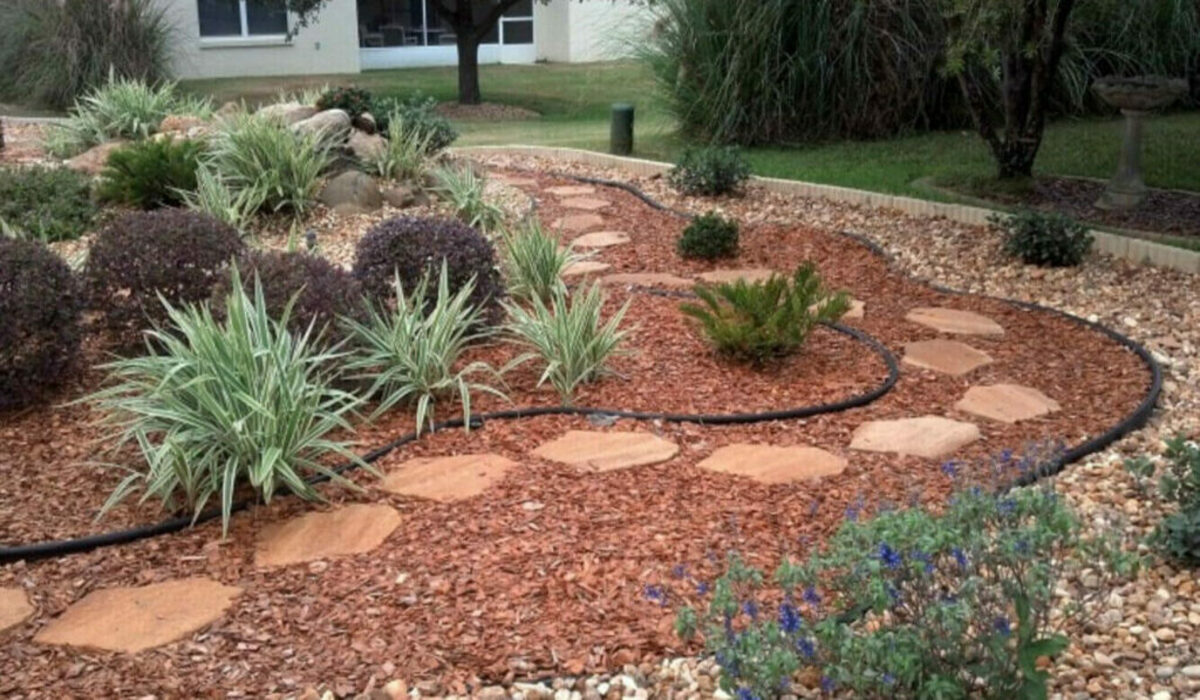Home>Reviews>Product Reviews>How Much Does Palm Trees Cost
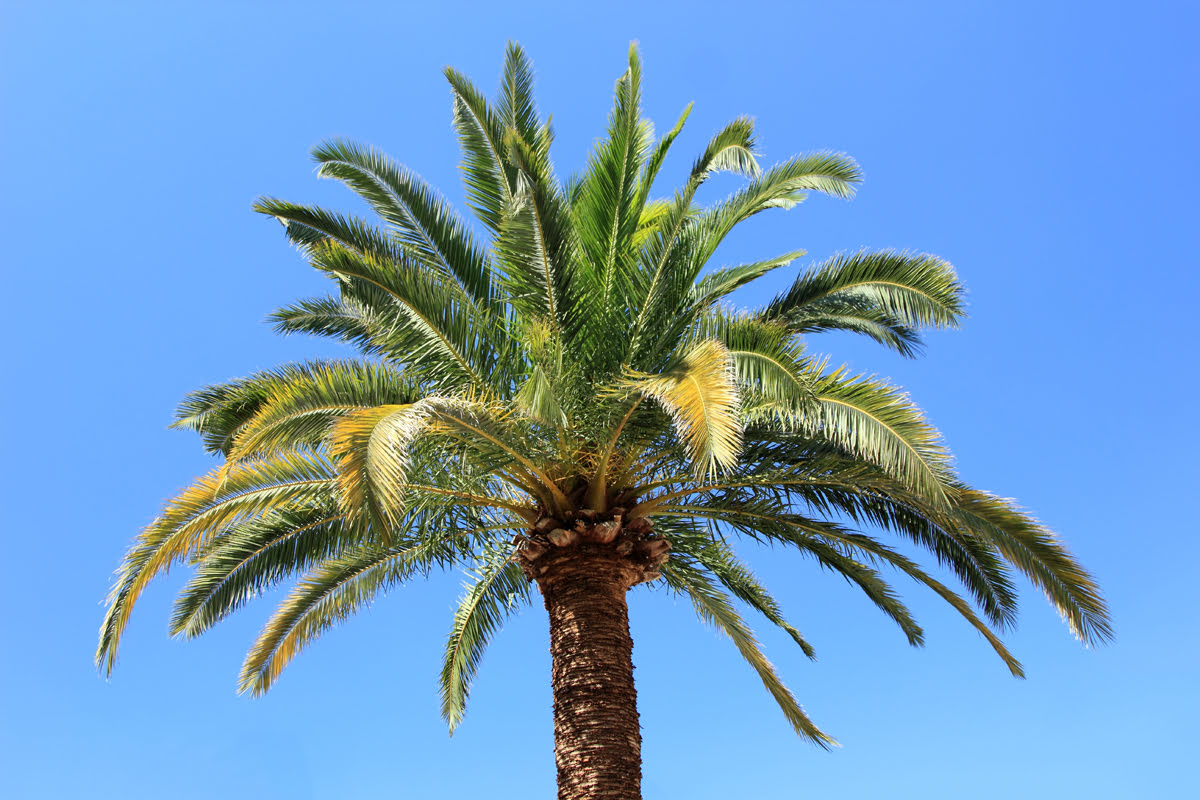

Product Reviews
How Much Does Palm Trees Cost
Modified: January 22, 2024
Looking for product reviews on palm trees? Find out how much palm trees cost and make an informed decision for your landscaping project.
(Many of the links in this article redirect to a specific reviewed product. Your purchase of these products through affiliate links helps to generate commission for Chicagolandgardening.com, at no extra cost. Learn more)
Table of Contents
Introduction
Welcome to our comprehensive guide on palm tree costs. If you’ve ever dreamt of having a tropical oasis in your own backyard, palm trees are the perfect addition. These majestic trees not only add beauty and charm to any landscape but also provide shade and a sense of tranquility. However, before diving into the world of palm trees, it’s essential to understand the factors that affect their cost and the different palm tree varieties available.
When considering the cost of palm trees, there are various factors to take into account. These include the type of palm tree you choose, its size, and where you purchase it. Additionally, there may be additional costs associated with installation, maintenance, and any landscaping changes required to accommodate the tree. By understanding these factors, you can better plan and budget for your palm tree investment.
There is a wide range of palm tree species available, each varying in price and characteristics. Some popular palm tree varieties include the Royal Palm, Coconut Palm, Date Palm, and Queen Palm. Each of these species has its own unique aesthetic appeal and growth patterns. By exploring the different types of palm trees and their costs, you can determine which one best suits your preferences and budget.
While the initial cost of purchasing a palm tree is significant, it’s essential to consider the additional costs associated with its care and maintenance. Palm trees require regular watering, fertilization, and trimming to thrive. Factor in these costs when budgeting for your palm tree, along with any landscape adjustments required to accommodate its growth.
Now that we have covered the basics of palm tree costs, let’s dive deeper into the different factors that can impact the overall price. From there, we will explore the various types of palm trees and their associated costs, giving you a clearer picture of what to expect when planning for your very own slice of paradise.
Factors Affecting Palm Tree Cost
Several factors can influence the cost of palm trees. Understanding these factors will help you determine the total investment required for your desired palm tree. Here are the key factors that can affect the price:
- Size: The size of the palm tree is one of the primary factors influencing its cost. Larger palm trees typically cost more as they require more effort and resources to grow and maintain. Keep in mind that palm trees can range from small, potted varieties to towering specimens that require heavy machinery for installation.
- Age: The age of a palm tree can also impact its cost. Older palm trees, especially those that are more mature and established, tend to be pricier. This is because they have taken longer to grow and are often larger and more visually appealing.
- Rarity: Some palm tree species are more rare and harder to find, which can drive up their price. If you have your heart set on a specific rare palm tree, be prepared to pay a premium to acquire it.
- Location: The location from which you purchase the palm tree can affect its cost. Local nurseries and garden centers may have competitive prices, but if you are sourcing the tree from a distant location or importing it, transportation costs may be added to the overall cost.
- Health and Condition: The health and condition of a palm tree are essential factors to consider. Healthy, disease-free trees will generally cost more than those with visible damage or signs of illness. It’s important to inspect the tree thoroughly before purchasing it to avoid any potential problems down the line.
- Supplier or Retailer: The choice of supplier or retailer can also affect the cost. Different suppliers may have varying pricing structures based on their overheads, quality of stock, and reputation. It is advisable to research and compare prices from multiple sources to ensure you are getting the best deal.
By considering these factors, you can calculate the overall cost of your desired palm tree. Keep in mind that while it may be tempting to opt for a smaller or cheaper palm tree initially, investing in larger, healthier specimens can provide immediate impact and save you money in the long run.
Types of Palm Trees and Their Costs
There is a wide variety of palm tree species to choose from, each with its own unique characteristics and costs. Here are some popular palm tree types and their associated costs:
- Royal Palm: The Royal Palm (Roystonea regia) is known for its iconic appearance with its tall trunk and feathery, symmetrical fronds. It is considered one of the most elegant and sought-after palm trees. The cost of a Royal Palm can range from $200 to $2,500 or more, depending on its size and health.
- Coconut Palm: The Coconut Palm (Cocos nucifera) is famous for its tropical vibe and the delicious coconuts it produces. It is a versatile palm tree that can thrive in various climates. The cost of a Coconut Palm tree ranges from $50 to $400, depending on its size and age.
- Date Palm: The Date Palm (Phoenix dactylifera) is renowned for its edible fruit and its ability to tolerate hot and arid conditions. It is often used in landscaping for its striking appearance. The cost of a Date Palm can range from $100 to $1,500, depending on its size and quality.
- Queen Palm: The Queen Palm (Syagrus romanzoffiana) is a popular choice for tropical and subtropical landscapes. It features graceful arching fronds and can tolerate a variety of soil conditions. The cost of a Queen Palm ranges from $100 to $800, depending on its size and health.
It’s important to note that these cost ranges are approximate and can vary depending on factors such as location, availability, and supplier. Additionally, larger and more mature specimens within each palm tree type will generally command higher prices.
When choosing a palm tree, consider your specific climate, available space, and desired aesthetic. Some palm tree species are better suited for coastal areas with salt tolerance, while others thrive in arid or tropical environments. Research different palm tree varieties and consult with local experts to ensure you select the right palm tree for your landscape.
Lastly, remember that the initial cost of the palm tree is just one part of the overall investment. You will also need to factor in ongoing maintenance costs, such as watering, fertilizing, and periodic trimming, to keep your palm tree healthy and thriving.
Additional Costs to Consider
When budgeting for your palm tree, it’s important to consider the additional costs beyond the initial purchase. Here are some additional expenses to keep in mind:
- Installation Cost: If you are not planting the palm tree yourself, you may need to hire a professional landscaper or tree installation service. The cost will depend on factors such as the size of the tree, accessibility of the planting location, and any necessary equipment required.
- Landscape Adjustments: Palm trees require adequate space and proper soil conditions to thrive. You may need to make adjustments to your landscape, such as clearing space, preparing the soil, or installing irrigation systems, which can incur additional costs.
- Maintenance and Care: Palm trees require regular maintenance to stay healthy and looking their best. This includes watering, fertilizing, and occasional trimming or pruning. Consider the cost of tools, fertilizers, and potentially hiring a professional arborist for ongoing care.
- Pest and Disease Control: Palm trees can be susceptible to pests and diseases, such as palm weevils or fungal infections. It’s important to factor in the cost of regular inspections, treatments, and potential pest control measures to ensure the health of your palm tree.
- Permitting and Regulations: Some areas may have specific regulations or permits required for planting palm trees. Research local guidelines and factor in any associated fees or requirements when budgeting for your palm tree.
By considering these additional costs, you can have a more realistic estimate of the total investment required for your palm tree. It’s important to take these expenses into account when planning your budget and ensure that you have the resources and time to properly care for your palm tree in the long term.
Where to Buy Palm Trees
When it comes to purchasing palm trees, there are several options available depending on your preferences and location. Here are some common places where you can buy palm trees:
- Local Nurseries and Garden Centers: Visiting nearby nurseries and garden centers is a great way to see and handpick palm trees. These establishments often have a variety of palm tree species to choose from and knowledgeable staff who can provide guidance and recommendations.
- Online Nurseries and Websites: Many online nurseries specialize in selling palm trees and ship them directly to your doorstep. Buying online allows you to explore a wider selection of palm tree varieties and compare prices. However, keep in mind that you won’t have the opportunity to physically inspect the trees before purchasing.
- Local Palm Tree Farms: Some areas have local palm tree farms where you can visit and select palm trees directly from the source. This provides a unique opportunity to see the palm trees in their natural environment and choose the ones that best suit your preferences.
- Landscape Designers or Contractors: If you are planning a landscape project that includes palm trees, working with a landscape designer or contractor can be beneficial. They often have relationships with suppliers and nurseries and can help you source and acquire palm trees as part of their design and installation services.
It’s important to conduct thorough research and choose a reputable seller when buying palm trees. Look for customer reviews, certifications, and guarantees to ensure you are getting healthy and high-quality trees. If possible, ask for recommendations from others who have purchased palm trees in your area.
When buying palm trees, consider the specific requirements of your location, such as climate and soil conditions, to ensure you select palm tree varieties that will thrive in your area. Local nurseries and experts can provide valuable insights into the best palm trees for your specific region.
Remember, purchasing a palm tree is an investment, and it’s important to choose a reputable source to ensure the health and longevity of your palm tree.
Tips for Maintaining Palm Trees
Maintaining palm trees requires regular care and attention to ensure their health and longevity. Here are some essential tips to keep your palm trees thriving:
- Proper Watering: Palm trees require regular watering, particularly during dry seasons. Ensure that the soil is consistently moist but not waterlogged. Deep, infrequent watering is preferable to frequent shallow watering, as it encourages the development of a strong root system.
- Fertilization: Palm trees benefit from regular fertilization to ensure they receive essential nutrients. Use a slow-release palm tree fertilizer or a well-balanced, granular fertilizer formulated for palm trees. Apply the fertilizer according to the manufacturer’s instructions, usually two to three times a year.
- Pruning and Trimming: Remove dead or yellowing fronds regularly to keep your palm tree looking neat and to prevent any potential safety hazards. However, avoid over-pruning as it can weaken the tree. Additionally, only trim off the brown tips of the fronds, as cutting too much can be detrimental to the tree’s overall health.
- Pest and Disease Control: Regularly inspect your palm tree for signs of pests or diseases, such as discoloration, holes in the trunk, or wilting fronds. Pest control measures may include applying insecticides or using organic remedies, such as neem oil. Consult with a professional if you suspect an infestation or disease.
- Protection from Extreme Temperatures: Palm trees are generally resilient, but extreme temperatures can damage them. Provide adequate protection during winter freezes or severe heatwaves by covering the tree or using insulation materials. Mulching around the base of the tree can also help regulate soil temperature.
- Regular Inspections: Periodically check your palm tree for any signs of stress or issues. Look for yellowing fronds, stunted growth, or any changes in the tree’s appearance. Early detection can help prevent further damage and allow you to take appropriate measures to address the problem.
Additionally, it’s essential to understand the specific needs of the palm tree variety you have. Some palm trees may have special requirements, such as specific soil pH levels or increased salt tolerance. Research the specific care guidelines for your palm tree species to ensure you provide the optimal conditions for its growth.
Remember, maintaining palm trees is an ongoing process that requires consistent care and attention. Regularly monitor your palm tree’s health, adjust watering and fertilization as needed, and promptly address any issues that arise. By following these maintenance tips, you can enjoy healthy and vibrant palm trees in your landscape for years to come.
Conclusion
In conclusion, palm trees can add a touch of tropical elegance and beauty to any landscape. However, it’s important to consider various factors when it comes to their cost, including size, age, rarity, location, health, and the supplier or retailer. Understanding these factors will help you budget and plan accordingly for your palm tree investment.
We have also explored different types of palm trees and their associated costs, including the Royal Palm, Coconut Palm, Date Palm, and Queen Palm. Each palm tree species has its own unique characteristics and price range, allowing you to choose the one that best fits your preferences and budget.
Additionally, we discussed the additional costs to consider when purchasing and maintaining palm trees. From installation expenses to ongoing maintenance and care, it’s crucial to factor in these costs to ensure the long-term health and vibrancy of your palm tree.
Finding reliable sources to buy palm trees is essential to ensure that you are getting healthy and high-quality trees. Local nurseries, online nurseries, local palm tree farms, and working with landscape designers or contractors are all viable options to explore when purchasing your palm tree.
To keep your palm trees thriving, follow essential maintenance tips such as proper watering, fertilization, pruning, pest and disease control, protection from extreme temperatures, and regular inspections. By providing the necessary care, you can enjoy healthy, vibrant palm trees that will enhance your landscape for many years to come.
Remember, acquiring and maintaining palm trees is an ongoing investment of time, money, and effort. By understanding the costs and dedicating yourself to their care, you can create a beautiful and serene oasis with palm trees at the center of it all.

